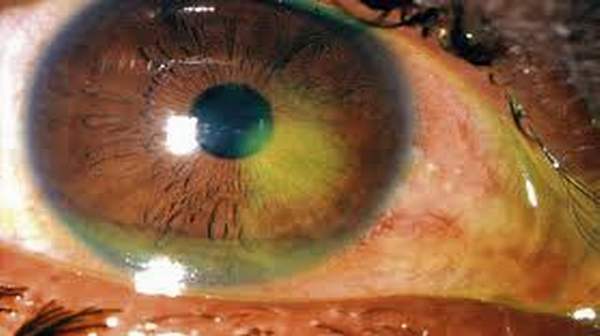An electrical burn is a burn that results from electricity passing through the body causing rapid injury. Approximately 1,000 deaths per year due to electrical injures are reported in the United States, with a mortality rate of 3-5%.
Electrical burns may be caused by a number of sources of electricity, such as lightning, stun guns and contact with household current. You may treat minor electrical burns as you would other minor burns.
The first steps to take when a person is in contact with an electrical source are:
- Have someone call911 or other emergency services.
- Do not touch the “electrified person” with your hands.
- Unplug the appliance or turn off the main power switch.
- Try to remove the person from the electrical source, if you cannot turn the power off. Do this only if you can do so safely by:
- Standing on a dry surface, such as a rubber doormat or a pile of papers or books. Make sure you are not standing in or near water.
- Using a dry wooden object, such as a broom handle, to push the person away from the electrical source. Do not use anything wet or made of metal.
- Check to see if the person responds to touch or being talked to after separating him or her from the electrical source. Electrical burns can affect the electrical activity of the heart and cause heartbeat changes. If the person is not responding, start CPR.
- Don’t move a person with an electrical injury unless the person is in immediate danger.
Risk Factors
Factors that may increase your chance of an electrical burn or injury include:
- Occupations with exposure to electric currents, such as a utility worker
- Occupations involving outdoor work, such as agriculture
- Being outside during thunderstorms or in areas where thunderstorms are common
- Working with electrical installations or appliances without proper training
How are electrical burns diagnosed?
Your caregiver will ask about your symptoms and when they began. He will ask how you were burned and examine you. He may ask if you have any other medical conditions or test your memory. He may ask you to do certain movements to test your joints. You may be given dye before some of the following tests to help the pictures show up better. Tell caregivers if you are allergic to iodine or seafood. You may also be allergic to the dye.
- Blood and urine tests: You may need blood or urine tests to check for damage to your muscles, heart, and other organs.
- ECG: This is also called an EKG. An ECG is done to check for damage or problems in your heart. A short period of electrical activity in your heart is recorded.
- CT scan: This test is also called a CAT scan. An x-ray uses a computer to take pictures of your brain. Your caregiver may do this test to check for signs of brain injury.
- MRI: This scan uses powerful magnets and a computer to take pictures of your head or other body parts. An MRI may be used to look at your brain, muscles, joints, bones, or blood vessels. Do not enter the MRI room with any metal. Metal can cause serious injury. Tell caregivers if you have any metal in or on your body.
- Scintigraphy: Scintigraphy helps your caregiver find dead tissue in your body and decide how much needs to be removed.





